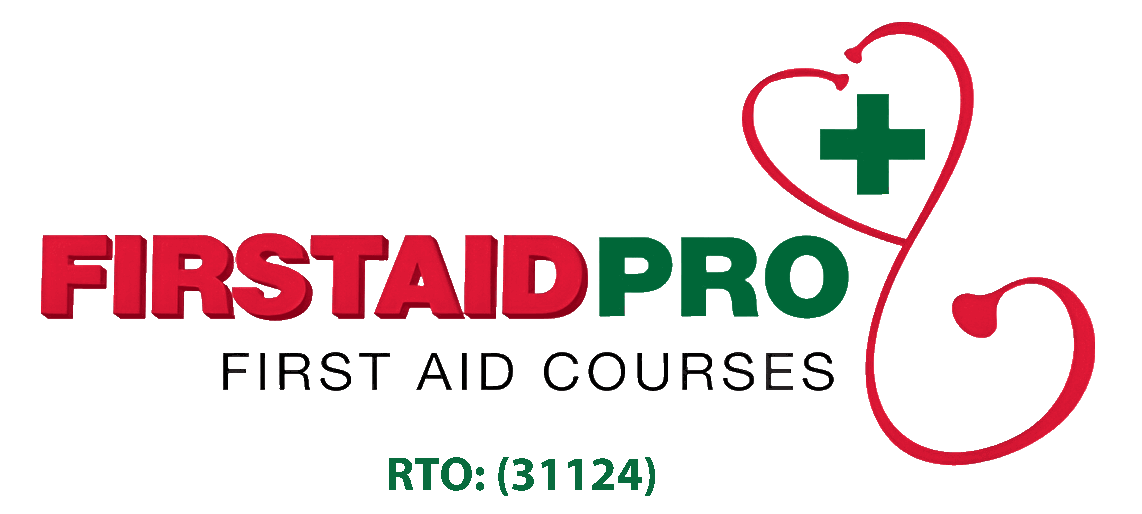Red, bumpy, itchy skin are common signs of skin allergies. The symptoms may go away on their own in a couple of days without treatment – but not always.
The good news is there are first aid remedies to get rid of skin allergies faster and make them more comfortable for the time being.
Common Types of Skin Allergy
An allergic reaction occurs when one’s immune system develops an unusual response to a harmless substance.
The immune system’s primary function is to recognize foreign substances that enter the body or touch the skin (viruses and bacteria) and get rid of them. In general, its response aims to protect a person from dangerous diseases.
Skin allergy reactions happen to people with an over-sensitive immune system. The substance that causes allergic reactions are known as “allergens.”
There are three major types of skin allergies: eczema, contact dermatitis, and hives.
Eczema (Atopic Dermatitis)
Eczema symptoms include having dry, irritated, and itchy skin. It is caused mainly by genetics, environmental factors, and stress.
About 1 in every three children and over 1 million adults in Australia have this skin condition.
Contact Dermatitis
Contact dermatitis is a reaction to a substance that causes skin irritation or triggers allergic symptoms. It is not contagious nor life-threatening, but it can be uncomfortable. Poison ivy is a good example.
Contact dermatitis has two forms: irritant (from chemicals) and allergic (trigger reaction).
Hives
Hives (or urticaria) is an outbreak of bumps or welts on the skin that appears red and itchy.
It co-exists with angioedema which is a deeper swelling within skin layers.
Causes and Symptoms
The common skin allergy causes include the following:
- Medications (such as antibiotics or anti-itch creams)
- Sunscreens and insect spray
- Nickel (metal found in jewellery, bathroom taps and showerheads, batteries, coins, and mobile phones)
- Fragrances
- Cleaning products
- Plants (oak, sumac, poison ivy)
- Latex (used in plastic gloves, elastic clothing, condoms, balloons)
- Chemicals
Skin rashes are a primary indication of allergic skin reactions. It may start as a small bump, skin redness, and an itching sensation. Developing symptoms may include swelling, scaling or flaking of the skin, and cracking.
Reactions to allergens may change over time. You should not always expect the exact same symptoms.
5 Easy Ways to Get Rid of Skin Allergies
Here are some tips to get rid of skin allergies fast and reduce swelling and itchiness.
- Avoid Contact
Avoid using or touching items that can trigger an allergy.
- Chill out
Apply a cold compress to the affected area. A shower or bath soak may also help calm a fiery rash. Gently pat dry the skin and add moisturizer.
- Oatmeal baths
Soak in colloidal oatmeal. Start by adding one cup of oaths to the bath and mix with water. It is a proven home remedy that can calm skin inflammation for some people.
After the bath, rinse with lukewarm water. Control the temperature as hot water can cause skin irritation and dryness.
- Apply Anti-itch cream
Use over-the-counter hydrocortisone or calamine lotion to relieve itching and swelling sensations.
- Loosen up
Avoid skin-tight clothes that may further irritate the rash. Wear loose, cool clothing with breathable cotton fabric.
Watch out for developing symptoms. If the condition gets worse despite these techniques, begin first aid.
First Aid Treatment
If a person experiences trouble breathing or loses consciousness due to an allergic attack, follow these first aid steps.
- Follow the DRSABCD to assess the casualty and prepare to administer CPR (when necessary).
- Help with administering any medications already carried by the victim. This includes patients with known allergies who have an emergency dose of medication such as epinephrine (in an EpiPen or AnaPen).
- Call for emergency medical assistance. Inform the response team that a person is dealing with an allergic reaction, and if possible, indicate the source of allergy.
- Keep the casualty still. Put the person in the recovery position (lying on their side) or sitting if they are fully conscious.
- Monitor their breathing and circulation. Provide reassurance and watch out for developing symptoms. Record the pulse and breathing rates and monitor for signs of deterioration.
Additional first aid tip: Provide valuable notes to the emergency response team upon arrival. If the person has known allergies, give necessary information to the paramedics.
Conclusion
Skin allergens are treatable by preventing allergens and managing the symptoms. Unfortunately, there’s a lot to understand about how allergies work and how to keep them under control.
Understanding the basics of first aid can help identify the triggers for allergies and come up with the the best treatment plan.
Learn about Skin Allergies in a First Aid Course
Identifying triggers and recognizing symptoms are the first steps towards avoiding skin allergy reactions. Learn the common allergens and know how to treat an allergic reaction when it happens. All these topics are covered in a First Aid training course.
